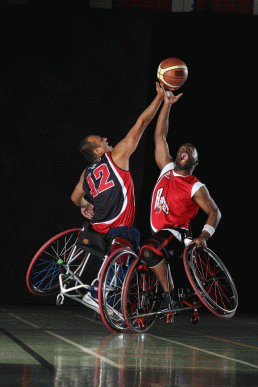 The following observation from a District Court in Louisiana hardly seems radical:
The following observation from a District Court in Louisiana hardly seems radical:
Some injury or harm is a requisite element of the constitutional requirement that a plaintiff have standing to pursue a claim, and although courts differ in the test that they apply to measure standing in such cases, most assess, in at least some fashion, whether the plaintiff has suffered an injury or harm from a defendant’s alleged failure to comply with Title III of the ADA.
Gilmore v. Lake Charles PC, LP, 2016 WL 3039813, at *4 (E.D. La. May 27, 2016). What the Court did based on this observation was, however, unusual in the ADA context. The Court agreed to allow the defendant in a Title III case to prove that the plaintiff had not really been denied access to the defendant’s shopping center because of minor or technical failures to meet the regulatory standards for accessibility.
This is unusual because most cases that analyze an ADA injury conclude that just seeing a violation of the ADA standards, no matter how minor, creates an injury that gives a disabled individual standing to sue. I’ve blogged about this before about this, pointing out that “disability” and ability to access goods and services may not be related. (See blogs HERE and HERE). Although Gilmore v. Lake Charles is a decision at a very early point in the case, it gives some hope, like the cases I cited in my last blog, that Courts will begin to take Article III seriously. The burden of proof here is wrong (the defendant should not have to prove there was access; it should be up to the plaintiff to prove a real denial of access), but this is another step, however small, in the right direction.

